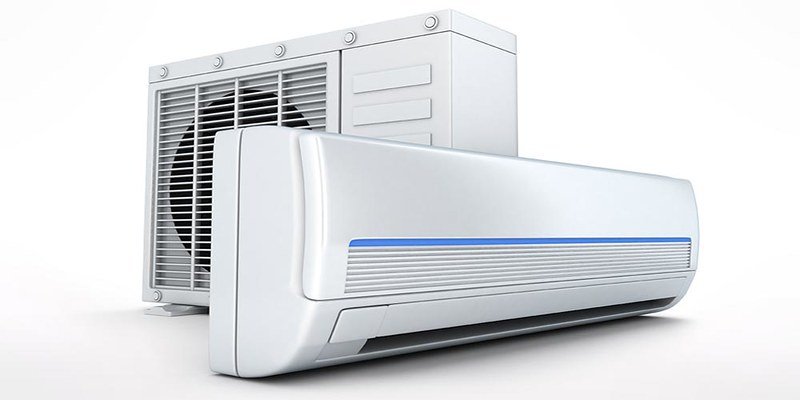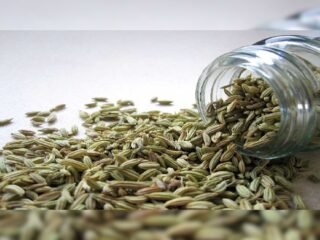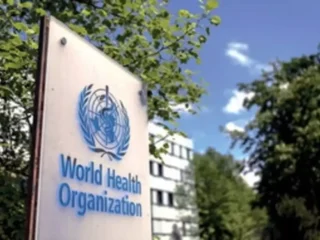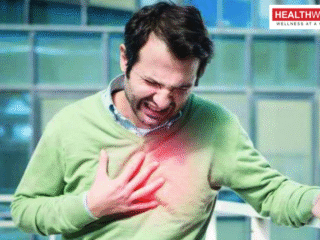New Delhi: Amid the Covid-19 pandemic, the government has issued an advisory to set air conditioners between 24 degrees Celsius and 30 degrees Celsius and maintain relative humidity between 40 and 70 per cent.
The Central Public Works Department (CPWD) issued the advisory to its officials in an office memorandum to address concerns associated with the spread of the disease via air conditioners and ventilation systems.
The guidelines were formulated by the Indian Society of Heating Refrigerating and Air Conditioner Engineers (ISHRAE) taking into considering the climatic regions of the Indian subcontinent. According to ISHRAE, the “best action” to limit risk of infection by air was to ventilate indoor environments with outdoor air.
The guidelines state: “Set room temperature between 24 degrees Celsius and 30 degrees Celsius. Maintain relative humidity between 40 per cent and 70 per cent. (In humid climates set temperature closer to 24 degrees Celsius for de humidification and in dry climates closer to or at 30 degrees Celsius and use fans to increase air movement).”
It quotes a study that found the transmission of Covid-19 in 100 cities in China lower in high temperature and high humidity.
“Studies conducted at various RH levels have shown that using viral culture methods low temperatures (7–8 degrees Celsius) were optimal for airborne influenza survival, with virus survival decreasing progressively at moderate temperatures (20.5–24 degrees Celsius) and further decreases at higher (greater than 30 degrees Celsius) temperatures,” it stated.
It also quotes a study which has shown that the SARS-CoV-2 can live for 14 days on a surface at 4 degrees Celsius, one day at 37 degrees Celsius and will die in 30 minutes at 56 degrees Celsius.
Humidity, it said, can affect the infectivity — the ease with which infections can take place — of the virus through respiration. In a dry environment, or when there is low humidity, it is easier for foreign particles to invade the body. Therefore, relative humidity of at least 40 per cent is considered the threshold.
“When we breathe dry air the mucous membrane in the lungs become dry. The fluid over lining the cells becomes more viscous, and the little hairs called cilia, which protect our lungs from deep settling of viable and non-viable particles, cannot work and particles settle more deeply in the lungs,” it states.
“If we consider oxygen and CO2 transport and the blood, it is only one cell membrane that separates the airspace from the blood. So, if something goes from our lungs into the blood, we get infected.”
The novel coronavirus (COVID-19) was first reported in Wuhan, China, on December 31, 2019. It causes illnesses ranging from the common cold to the more severe Middle East Respiratory Syndrome (MERS-CoV) and Severe Acute Respiratory Syndrome (SARS-CoV).








